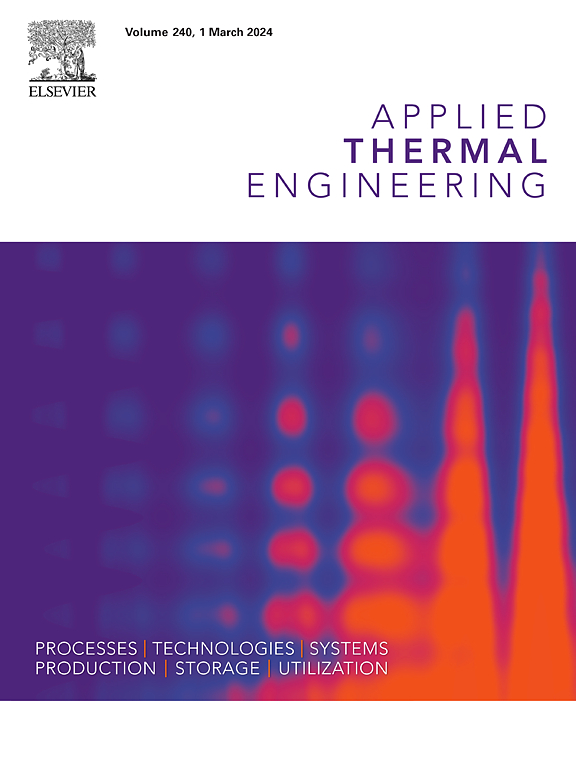Dynamic behavior investigation of zinc vapor in the vacuum spray galvanizing process based on the direct simulation Monte Carlo method
IF 6.1
2区 工程技术
Q2 ENERGY & FUELS
引用次数: 0
Abstract
Continuous strip vacuum spray galvanizing is recognized as an innovative and environmentally friendly technique for producing high-purity, dense zinc coatings on steel strips. However, it is challenging to experimentally study the transport dynamics of zinc vapor in a low-pressure environment. To address this, the direct simulation Monte Carlo (DSMC) method was employed to analyze the effects of nozzle design and vacuum chamber pressure on zinc vapor dynamics behavior during the coating process. The results indicate that the mass flux distribution of the zinc vapor jet is uniform across the strip width, especially from the center to approximately 0.14 m on either side of the steel strip. Reducing the chamber pressure to 0.001 Pa enhances the uniformity of zinc vapor distribution near the nozzle by 8.4 %. Additionally, using round nozzles further improves coating thickness uniformity by 30 %, particularly at the strip edges. The calculated coating thickness aligns well with experimental data, with an average relative error of less than 2 % in the strip’s central region. This study provides a theoretical basis for optimizing process parameters and nozzle design in vacuum spray galvanizing.
求助全文
约1分钟内获得全文
求助全文
来源期刊

Applied Thermal Engineering
工程技术-工程:机械
CiteScore
11.30
自引率
15.60%
发文量
1474
审稿时长
57 days
期刊介绍:
Applied Thermal Engineering disseminates novel research related to the design, development and demonstration of components, devices, equipment, technologies and systems involving thermal processes for the production, storage, utilization and conservation of energy, with a focus on engineering application.
The journal publishes high-quality and high-impact Original Research Articles, Review Articles, Short Communications and Letters to the Editor on cutting-edge innovations in research, and recent advances or issues of interest to the thermal engineering community.
 求助内容:
求助内容: 应助结果提醒方式:
应助结果提醒方式:


